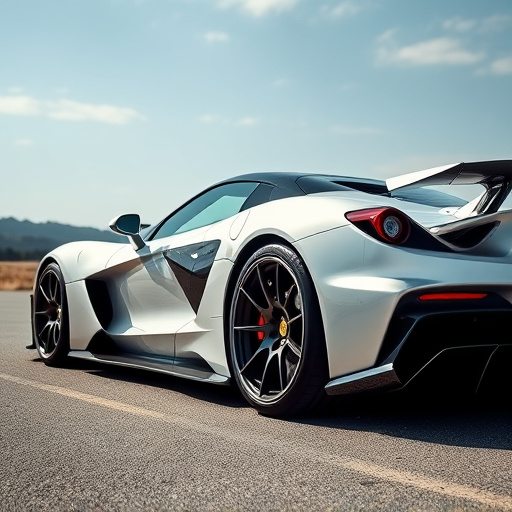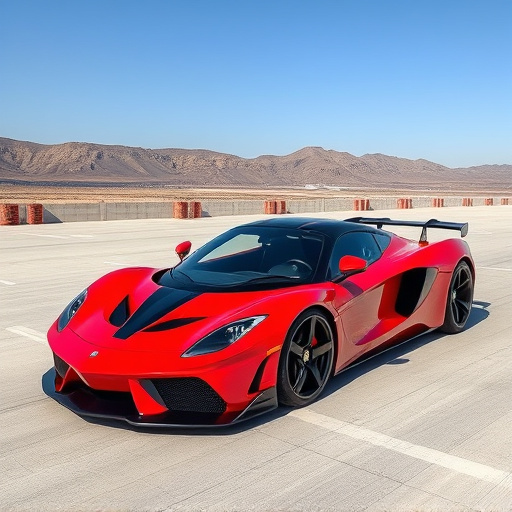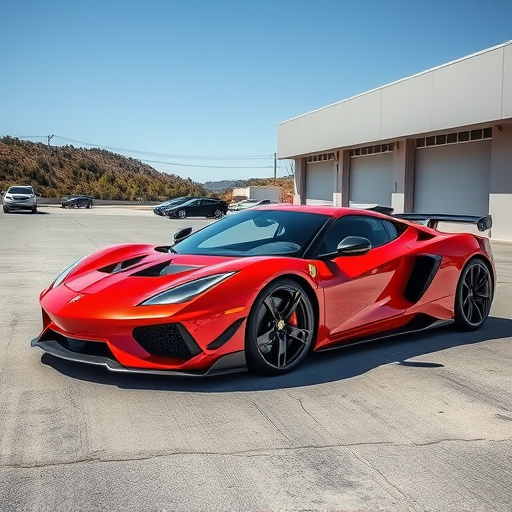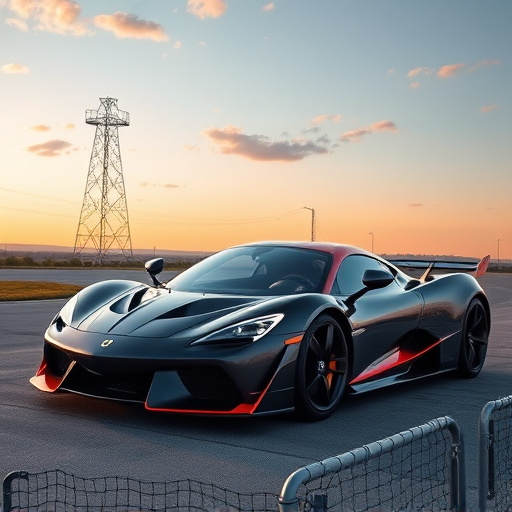Intercoolers (ICs) and Cold Air Intake (CAI) systems significantly enhance turbocharged or supercharged engine performance by improving combustion efficiency, boosting power, and optimizing torque delivery. For optimal results, vehicle owners should prioritize CAI turbo compatibility to ensure the IC's size and flow characteristics align with the turbo's specifications. This seamless integration allows for effective air cooling, increased boost pressure, and a smoother driving experience. When selecting an IC, matching it to the specific boost level and engine configuration is crucial, considering factors like core material, heat exchange efficiency, and mounting options for efficient airflow and temperature reduction.
Looking to supercharge your vehicle’s performance? Understanding the interplay between your cold air intake (CAI) system and intercooler is crucial for achieving optimal boost. This guide delves into the essentials of intercoolers, their role in cooling compressed air, and how they work in harmony—or not—with CAIs to enhance engine power. Discover key factors ensuring turbo compatibility and learn to select the perfect intercooler for your turbocharged vehicle.
- Understanding Intercooler and Cold Air Intake (CAI) Systems
- Key Factors for Ensuring Turbo Compatibility and Boost Performance
- Matching the Right Intercooler with Your Turbocharged Vehicle
Understanding Intercooler and Cold Air Intake (CAI) Systems

Intercoolers and Cold Air Intake (CAI) systems are essential components for enhancing engine performance, especially in vehicles with turbocharged or supercharged engines. An intercooler is a heat exchanger that cools compressed air from the turbocharger or supercharger before it enters the engine, allowing for more efficient combustion and boosting power output. On the other hand, a Cold Air Intake (CAI) system redirects cold, dense air from outside the vehicle into the engine, improving air flow and providing a boost in performance.
When considering intercooler and CAI systems for your vehicle, it’s crucial to ensure turbo compatibility. The right combination can significantly enhance boost levels, torque delivery, and overall engine efficiency. Many manufacturers offer designed-for-purpose kits that include both an intercooler and a CAI system optimized for specific vehicle models and engine configurations. These systems are engineered to work in harmony, providing both cold air intake and efficient cooling to support increased engine output and responsiveness.
Key Factors for Ensuring Turbo Compatibility and Boost Performance

When it comes to enhancing your vehicle’s performance with a turbo, ensuring cold air intake turbo compatibility is paramount. The right intercooler setup plays a pivotal role in harnessing the full potential of your turbocharged engine. Key factors include matching the intercooler’s size and flow characteristics with your turbo’s specifications. A well-suited intercooler ensures optimal air cooling, allowing for increased boost pressure and improved throttle response. This is particularly crucial for those seeking peak performance, as a compatible system prevents heat buildup, enabling the engine to maintain efficiency under load.
Additionally, considering the vehicle’s aerodynamics and ensuring a robust cold air intake system is vital. Proper airflow management maximizes the benefits of turbocharging by delivering cool, dense air directly to the engine. This combination of efficient cooling and optimal air delivery results in enhanced boost performance, translating to a smoother and more responsive driving experience.
Matching the Right Intercooler with Your Turbocharged Vehicle

When enhancing your turbocharged vehicle with a cold air intake (CAI), ensuring proper intercooler (IC) compatibility is paramount. The intercooler plays a crucial role in cooling down compressed air from the turbocharger, which is essential for optimal engine performance and efficiency. Not all ICs are created equal; they vary in size, design, and cooling capabilities. Therefore, matching the right intercooler with your specific boost level and engine configuration is vital.
Choosing an intercooler that aligns with your cold air intake setup ensures efficient airflow and temperature reduction. For instance, a higher boost level usually requires a larger intercooler to handle increased heat dissipation. Conversely, a smaller IC might be suitable for lower boost applications. Additionally, consider factors like the intercooler’s core material (aluminum being common), heat exchange efficiency, and mounting options that seamlessly integrate with your vehicle’s architecture.
When optimizing your turbocharged vehicle, matching a suitable intercooler with your cold air intake (CAI) system is key. By considering factors like heat transfer efficiency, air flow rate, and mounting options, you can ensure optimal turbo compatibility and maximize boost performance. Remember that the right combination will not only enhance engine power but also contribute to a more reliable and efficient driving experience.














